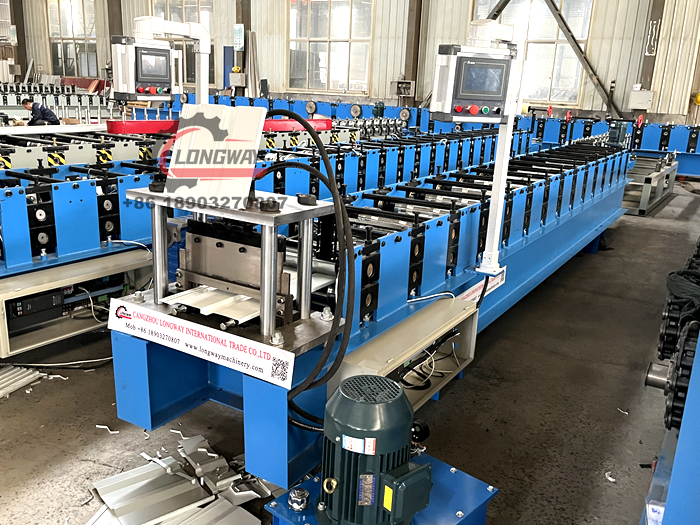Efficient Techniques for Forming Corrugated Metal Sheets Using Roller Machinery Technologies
The Art and Engineering of Corrugated Sheet Metal Rollers
Corrugated sheet metal has been a staple in various construction and manufacturing industries for decades, primarily due to its durability, lightweight nature, and versatility. A crucial component in the production of corrugated sheets is the corrugated sheet metal roller. This specialized equipment plays a vital role in shaping flat sheets of metal into the distinct wavy patterns that give corrugated metal its strength and unique aesthetics.
Understanding Corrugated Sheet Metal
Before delving into the mechanics of corrugated sheet metal rollers, it’s essential to understand what corrugated sheet metal is. This material consists of metal sheets, typically made of steel or aluminum, that have been shaped into a series of alternating ridges and valleys. The corrugated design significantly enhances the structural strength of the metal, making it an ideal choice for roofing, siding, and various industrial applications. Beyond its strength, the corrugated profile offers excellent resistance to bending, breaking, and warping, making it highly desirable in construction.
The Functionality of Corrugated Sheet Metal Rollers
At the heart of corrugated sheet production lies the corrugated sheet metal roller. These machines are designed to convert flat sheets of metal into corrugated forms with precision and efficiency. The roller system typically consists of an array of rotating rollers that are arranged in a specific configuration. As the flat metal sheet passes through these rollers, it is bent and shaped into the desired corrugated pattern.
Rollers are usually machined from high-quality steel to withstand the pressures of forming metal. They can be designed with various profiles to create different types of corrugations, depending on the intended application. The design of the rollers, including their spacing and angle, directly influences the final shape and strength of the corrugated sheet.
The Benefits of Using Corrugated Sheet Metal Rollers
corrugated sheet metal roller

1. Efficiency Corrugated sheet metal rollers significantly enhance production efficiency. They allow for rapid processing of large sheets of metal, transforming them into corrugated products with minimal manual intervention.
2. Consistency One of the primary benefits of using these rollers is the consistency in quality they offer. Automated systems ensure that each sheet produced maintains the same dimensions and structural integrity, which is crucial for large-scale construction projects.
3. Customization Many roller systems can be tailored to produce specific profiles based on customer requirements. This flexibility enables manufacturers to cater to diverse markets, from residential roofing to industrial enclosure applications.
4. Cost-Effective Production By streamlining the corrugation process, these rollers help reduce labor costs and waste material, leading to overall cost savings for manufacturers and end-users alike.
Conclusion
In summary, corrugated sheet metal rollers are pivotal in the production of one of the most widely used building materials in the world. Their ability to efficiently transform flat sheets into robust, corrugated profiles revolutionizes the manufacturing process, making it faster, more cost-effective, and more consistent. As industries continue to seek innovative solutions for construction and manufacturing challenges, the importance of advanced roller technology will only grow.
The artistry and engineering behind corrugated sheet metal rollers exemplify how machinery can enhance traditional manufacturing processes, leading to stronger, more durable, and aesthetically pleasing materials. As we look to the future, the ongoing development and refinement of these technologies will likely continue to shape how we approach structural design and construction, paving the way for even more innovative applications of corrugated sheet metal in various industries.
-
Roof Panel Machines: Buying Guide, Types, and PricingNewsJul.04, 2025
-
Purlin Machines: Types, Features, and Pricing GuideNewsJul.04, 2025
-
Metal Embossing Machines: Types, Applications, and Buying GuideNewsJul.04, 2025
-
Gutter Machines: Features, Types, and Cost BreakdownNewsJul.04, 2025
-
Cut to Length Line: Overview, Equipment, and Buying GuideNewsJul.04, 2025
-
Auto Stacker: Features, Applications, and Cost BreakdownNewsJul.04, 2025
-
Top Drywall Profile Machine Models for SaleNewsJun.05, 2025








